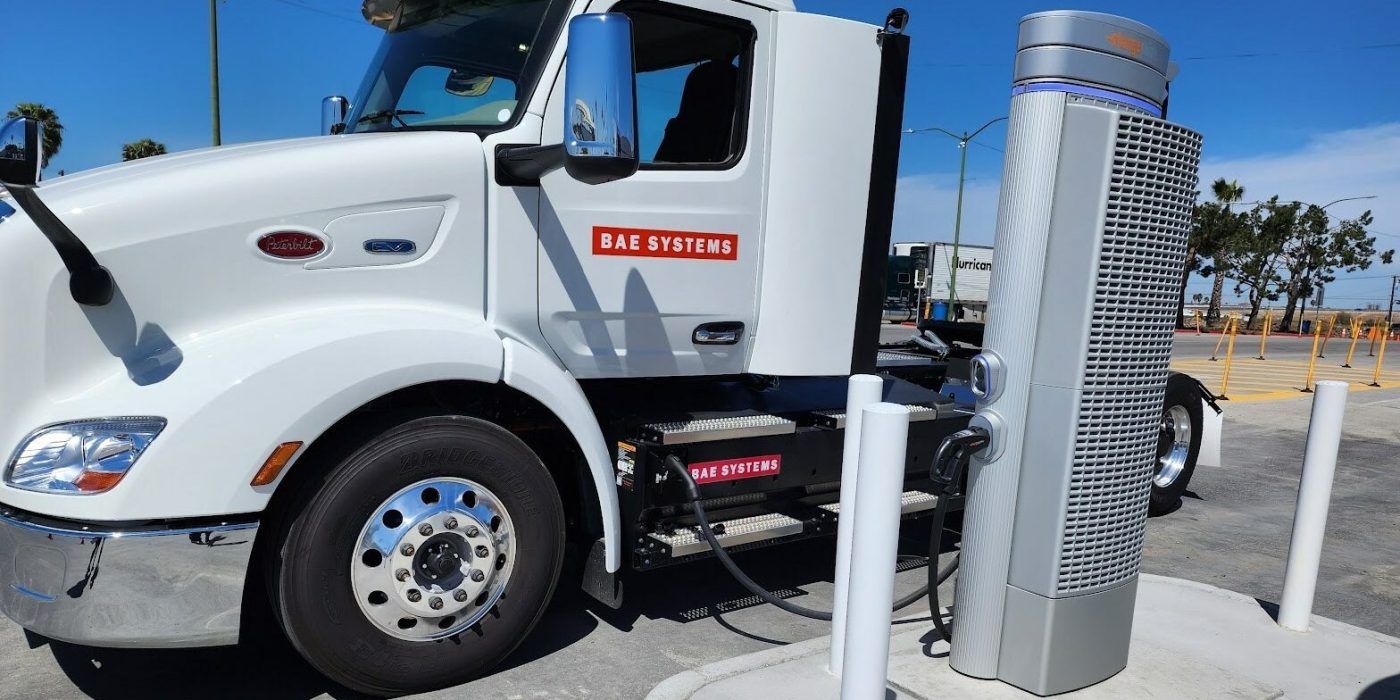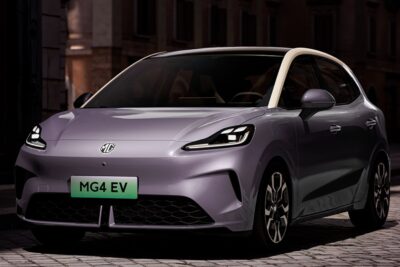SDG&E adds high power charging to busy truck stop
San Diego Gas & Electric (SDG&E) has chosen a busy truck stop in California to install high-power chargers for medium- and heavy-duty vehicles. The utility considers the installation the first of its kind.
However, while the chargers are set to provide high power charging at up to 250 kW for trucks, vans, buses and other large vehicles, they can also be used to charge passenger cars, writes the utility.
The site in California, just north of Otay Mesa near the US-Mexico border, boasts four charging stations. They can charge a typical medium-duty box truck from 20%-80% in about an hour and fully charge from empty to 100% in about two hours, so SDG&E.
The Otay Mesa Port of Entry is among California’s busiest commercial border crossings, processing nearly one million commercial trucks and five million private vehicles each year. Idling vehicles waiting to cross the border is a key contributor to air pollution in the San Diego region.
“Reducing air pollution and tailpipe emissions are top priorities for our region and California,” said SDG&E CEO Caroline Winn.
Winn was joined by California Energy Commissioner (CEC) Patty Monahan and other officials at the opening. The California Energy Commission was helping fund this project and others across the state “to build a better and more equitable charging infrastructure system for both cars and trucks,” said Monahan.
SDG&E received a $200,000 grant through the CEC’s Clean Transportation Program. The utility built the underlying infrastructure tying the chargers to the grid as part of its Power Your Drive for Fleets program. The program connects fleet operators with resources and financial incentives to design and install charging infrastructure for medium and heavy-duty fleets. The company is also working with GM and Nuvve to introduce vehicle-to-grid programmes. Moreover, SDG&E has been active in the charging market in California on various levels, but primarily in home charging.
According to the CEC, nearly a million battery-electric cars have been sold in California, and almost 2,000 zero-emission trucks and buses are on the road today. The Golden State has kept pushing for emission regulations exceeding the nationwide targets. Just last week, the US Environmental Protection Agency (EPA) was about to greenlight plans allowing the state to phase out diesel trucks earlier than the rest of the United States and introduce stricter emission regulations. If all goes through, all new commercial vehicles must be zero-emission by 2045.





0 Comments